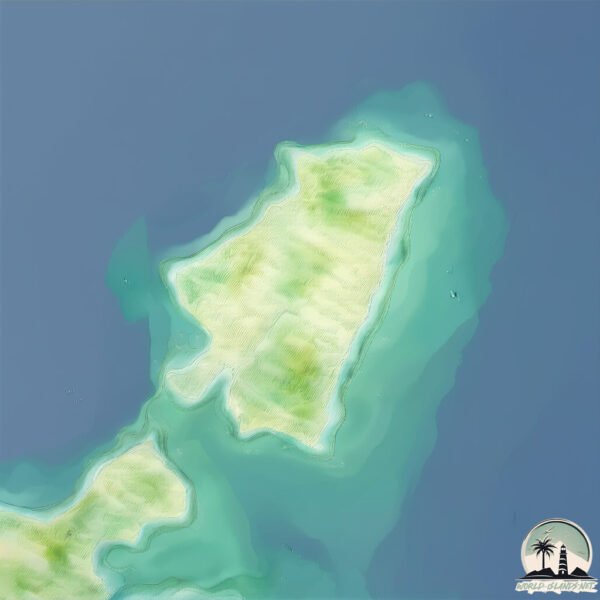Welcome to Ikei Shima , a Temperate island in the Philippine Sea, part of the majestic Pacific Ocean. This guide offers a comprehensive overview of what makes Ikei Shima unique – from its geography and climate to its population, infrastructure, and beyond. Dive into the details:
Geography and size of Ikei Shima
Size: 1.639 km²Coastline: 6.8 kmOcean: Pacific OceanSea: Philippine SeaContinent: Asia
Ikei Shima is a Small Island spanning 1.6 km² with a coastline of 6.8 km.
Archipel: Ryukyu Islands – A chain of Japanese islands stretching southwest from Kyushu to Taiwan, known for their unique Okinawan culture and subtropical climate.
Tectonic Plate: Yangtze – A minor tectonic plate in East Asia, often considered a part of the Eurasian Plate. It’s primarily continental and covers the Yangtze River area in China, playing a significant role in the region’s geological stability.
The geographic heart of the island is pinpointed at these coordinates:
Climate and weather of Ikei Shima
Climate Zone: TemperateClimate Details: Humid Subtropical ClimateTemperature: Hot Summer
Climate Characteristics: With continuous rainfall and hot summers, this climate is common in some coastal regions, supporting diverse vegetation.
Topography and nature of Ikei Shima
Timezone: UTC+09:00Timezone places: Asia/TokyoMax. Elevation: 18 m Mean Elevation: 16 mVegetation: Agricultural MosaicTree Coverage: 35%
The mean elevation is 16 m. The highest elevation on the island reaches approximately 18 meters above sea level. The island is characterized by Plains: Flat, low-lying lands characterized by a maximum elevation of up to 200 meters. On islands, plains are typically coastal lowlands or central flat areas.
Dominating Vegetation: Agricultural Mosaic
Vegetation: 5 vegetation zones – Highly Diverse Island
Infrastructure and Travelling to Ikei Shima
Does the island have a public airport? no .
Does the island have a major port? no .
The mean population of Ikei Shima is 1358 per km². Ikei Shima is Densely Populated. The island belongs to Japan .
Continuing your journey, Henza Jima is the next notable island, situated merely km away.
Ikei & Miyagi Island Old Road ~ Okinawa
This is the old road on Miyagi Island that ran to Ikei Island.
Ikei & Miyagi Island Old Road ~ Okinawa
This is the old road on Miyagi Island that ran to Ikei Island.
This is the old road on Miyagi Island that ran to Ikei Island.
Explore Okinawa - Ikei Island
3DR Solo 4K Drone II IKEI Island Okinawa Japan
Check out these beautiful islands on Okinawa's east coast. The bridges ...
Check out these beautiful islands on Okinawa's east coast. The bridges are a great stop to pull out the drone and get some shots.
Japan is classified as Developed region: G7: Group of Seven – Major advanced economies, including Canada, France, Germany, Italy, Japan, the United Kingdom, and the United States. The level of income is High income: OECD.
News – Latest Updates and Headlines from Ikei Shima
Stay informed with the most recent news and important headlines from Ikei Shima. Here’s a roundup of the latest developments.
Loading...
Please note: The data used here has been primarily extracted from satellite readings. Deviations from exact values may occur, particularly regarding the height of elevations and population density. Land area and coastline measurements refer to average values at mean high tide.

